10 Major historical events in American History
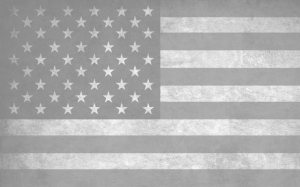 If you enjoy history, then you may be interested in learning more about major events in American history. While some of these topics may already be familiar, you could also learn something new! Take a look at these 10 major historical events in American history and find out about the stories behind each one.
If you enjoy history, then you may be interested in learning more about major events in American history. While some of these topics may already be familiar, you could also learn something new! Take a look at these 10 major historical events in American history and find out about the stories behind each one.
1. First man to walk on the moon – One small step for man – one giant leap for mankind, Neil armstrong.
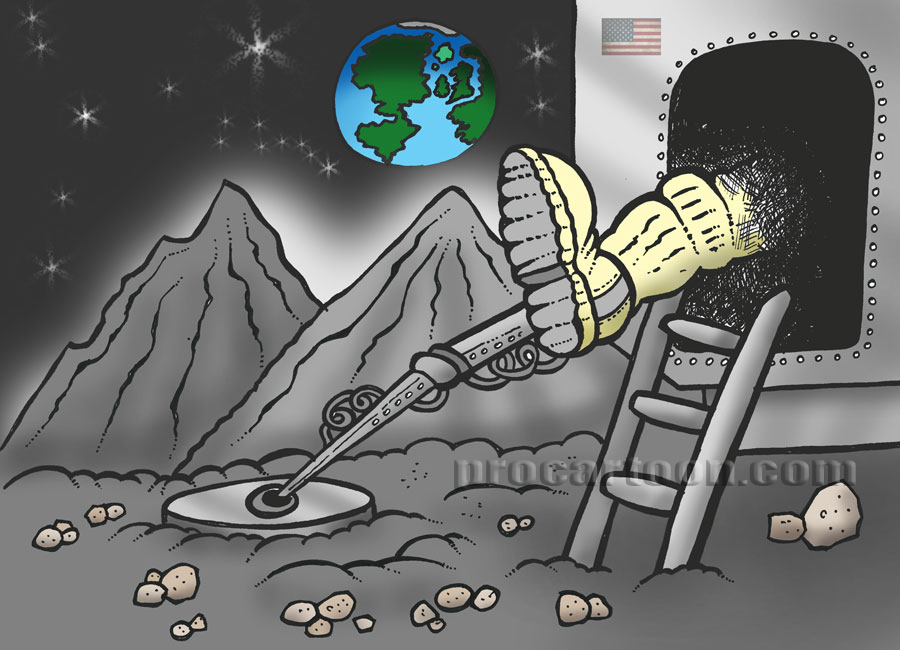 For thousands of years, people had been looking to the sky and dreamed of visiting the moon. But, it wasn’t until 1969 that the dream of visiting the moon was realized. Neil Armstrong went up with a team of astronauts in the Apollo 11 mission. While he was on board the spaceship with two other astronauts (Buzz Aldrin and Michael Collins), Neil was determined to be the first one out the door and made history as the first man to land on the moon and walk on the lunar surface.
For thousands of years, people had been looking to the sky and dreamed of visiting the moon. But, it wasn’t until 1969 that the dream of visiting the moon was realized. Neil Armstrong went up with a team of astronauts in the Apollo 11 mission. While he was on board the spaceship with two other astronauts (Buzz Aldrin and Michael Collins), Neil was determined to be the first one out the door and made history as the first man to land on the moon and walk on the lunar surface.
With this important event, the Apollo 11 moon landing meant that the United States had won the Space Race against the Soviet Union.While Neil Armstrong and Buzz Aldrin had the first opportunity to visit the moons surface (Michael Collins had flown the command module in orbit around the moon), they also had chores to complete while they were there. Armstrong was tasked with filming the moon and sending the footage back to earth so others could also see their adventures. He and Buzz Aldrin also had to collect samples from the moon’s surface and returned with 46 pounds of rocks! Not even spending a day on the moon’s surface, they travelled back to earth and landed in the Pacific Ocean, close to Hawaii. Treated like heroes on their return, the astronaut team were met by President Nixon and remembered for their major accomplishment. While others have gone to the moon as well, these three men from the Apollo 11 mission were the first.
2. The Civil War.
Spanning years and multiple battles, you couldn’t possible learn about the entire Civil War in just these short paragraphs. However, to give you a brief overview, the war was simply a fight to preserve the Union. During the 1800s, there were two separate views on the role of government. Federalists believed that the government needed to maintain their power for the nation to be strong. However, anti-federalists believed that each state should have their own form of government. As time passed, these two groups clashed with constant arguments about military, slavery, and taxation.
Finally, in 1861, 11 states seceded from the Union and elected Jefferson Davis as their own president. Not allowing this separation to happen lightly, the north and southern states declared war on each other which became known as the Civil War. The entire war lasted from 1861-1865. During these years, over 600,000 soldiers died from either battle or disease and many more were wounded. However, when the North finally succeeded in taking Atlanta, the south realized that it had lost the battle and surrendered in April of 1865. Even though the war had ended, tensions continued for many years after, especially with the assassination of Lincoln.
3. The gold rush.
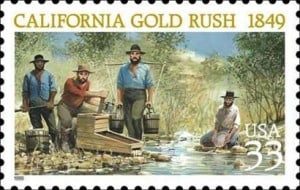 The gold rush officially began in 1848 when a man named James Marshall found gold while working at a ranch in northern California. Apparently because he couldn’t keep a secret (silly man – he could have had all that gold to himself!), word quickly spread throughout the rest of America and even the rest of the world. In just two years, thousands of people flocked to California, determined to make it rich by discovering gold. Since most of these treasure seekers left in 1849, they became known as the 49ers.
The gold rush officially began in 1848 when a man named James Marshall found gold while working at a ranch in northern California. Apparently because he couldn’t keep a secret (silly man – he could have had all that gold to himself!), word quickly spread throughout the rest of America and even the rest of the world. In just two years, thousands of people flocked to California, determined to make it rich by discovering gold. Since most of these treasure seekers left in 1849, they became known as the 49ers.
The trip to California was long and many times met with failure. While the first few lucky arrivals were able to find gold, anyone who came later than those initial weeks was not so lucky. In fact, the people who ended up making the most money were not looking for gold, but actually traveled to California to set up businesses that supported the prospectors. Some of the businesses that started during this time were Levi Strauss and Wells Fargo.
The gold rush was also dangerous for anyone involved. People who joined the gold rush, way out West were met with hardships and had no guarantee of success. In fact, one in every five miners who traveled to California was dead within six months and anyone who discovered gold was very lucky indeed. There were very few laws at the time and life in a mining town was a very lawless experience complete with drunkards, card sharps and murderers. However, because of the gold rush, California became the 31st state in 1850 even though stores of gold were low.
4. The assassination of Abraham Lincoln.
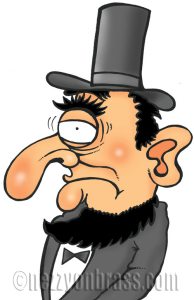
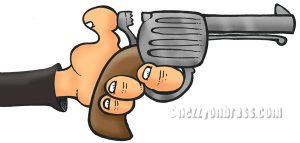 There have been four American presidents who have been assassinated – Abraham Lincoln, James garfield, William McKinley and John F Kennedy. The assassinations of Abraham Lincoln and JFK have had the most historical and media attention and there are many books and movies devoted to Abraham Lincoln’s life. Although a lot is known about Lincoln’s killing historians still have questions about his death. He was assassinated while attending a play with his wife Mary in 1865. During the play, John Wilkes Booth entered the Lincoln’s box and shot the president in the back of the head. After shooting the President, he jumped from the box onto the stage where he broke his left leg. However, the leg didn’t slow Booth down and he escaped the capitol and became A fugitive.
There have been four American presidents who have been assassinated – Abraham Lincoln, James garfield, William McKinley and John F Kennedy. The assassinations of Abraham Lincoln and JFK have had the most historical and media attention and there are many books and movies devoted to Abraham Lincoln’s life. Although a lot is known about Lincoln’s killing historians still have questions about his death. He was assassinated while attending a play with his wife Mary in 1865. During the play, John Wilkes Booth entered the Lincoln’s box and shot the president in the back of the head. After shooting the President, he jumped from the box onto the stage where he broke his left leg. However, the leg didn’t slow Booth down and he escaped the capitol and became A fugitive.
Lincoln did not die immediately, but was taken to a house directly across from the theater. The 16th president died at 7:22 AM on April 15. Booth and his accomplices were on the run when they were finally found hiding in a barn on April 26. They refused to surrender and the barn was eventually set on fire. In the chaos that followed the fire, a soldier shot Booth and killed him. Even after this the search for co-conspirators continued and eight people were caught and tried by a military court. Those found guilty were either executed or imprisoned.
If you would like to see 10 interesting facts about president Abraham lincoln that you may not already know please follow the link.
5. The American Revolution.
The American Revolution took place between 1775-1783 and was caused primarily by the unhappiness of the colonials with the British rule. During this war, the American forces were actually continuously low on resources, but managed to still win important victories which led to an alliance with France.
The final battle in the American revolution was the battle at Yorktown. At this point, the British were tired of American troops who did not fight in orderly fashions, but instead resorted to backwoods tactics and other dirty fighting methods. The defeat at Yorktown was the last straw for them, especially since they were low on tea. The Treaty of Paris was signed in 1783 which effectively ended the war and gave the Americans the right to rule themselves.
6. The signing of the Declaration of Independence.
This declaration was written by Thomas Jefferson, although he had help with its editing by John Adams, Benjamin Franklin, and many others. However, no matter who has credit for writing this document, it formed the basis for the United States to be a free nation. The basic premise is stated in the first two paragraphs, followed by the evidence of British abuses, and finally a conclusion in the final paragraph that the American Colonies must be self-governed.
After it was finished, the Continental Congress adopted the Declaration of Independence in July 4, 1776. However, it was not until August 2nd of that year that the delegates signed the clearly printed version of the declaration. Today, this historical document is held in Washington, D.C. where anyone can view the signatures and read the original text. Although it has faded over the years, this document was amazingly well-preserved and is still legible. Housed in the National Archives and Records Building, it sees thousands of visitors every year.
7. The St. Valentine’s Day Massacre
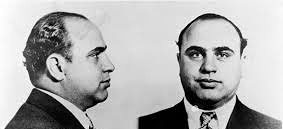
While Valentine’s Day brings many words to mind, you probably have never included “massacre” in them. However, in 1929 on Valentine’s Day, seven men were lined up against a wall and shot with over 90 bullets from a wide range of guns. As one of the most famous gang slayings in the United States, this killing was orchestrated by crime boss Al Capone who wanted eliminate any competition. At that time organised crime during prohibition was at its height with bootlegging mobsters running the illicit distribution of alcohol. Al Capone quotes have become legendary, summing up the violence and corrupt elements of society at the time. One of his most famous is:
‘You can get much farther with a kind word and a gun than you can with a kind word alone’
During the prohibition years Al Capones net worth was said to be $1.3 billion dollars (at todays rate) and he employed over 600 gangsters to control and protect his empire from other mobsters. The main threat to Capone at the time was Moran, another prominent gangster. The morning of February 14th, four men walked into a garage that Moran used for his illegal business. Two of the men were dressed as police officers and lined up the gang members, killing them. However, the scheme did not go exactly to plan as Moran had not arrived yet due to sleeping in that morning. While Capone was not in town at the time and had a rock solid alibi of vacationing in Florida, he was rumored to have ordered the killings.
While this event was the end of Moran’s career, it actually also became the end of Capone’s as well. Due to the brutal killing, ambitious prosecutors made it their mission to target Capone and eventually brought him to justice.
8. The Boston Tea Party
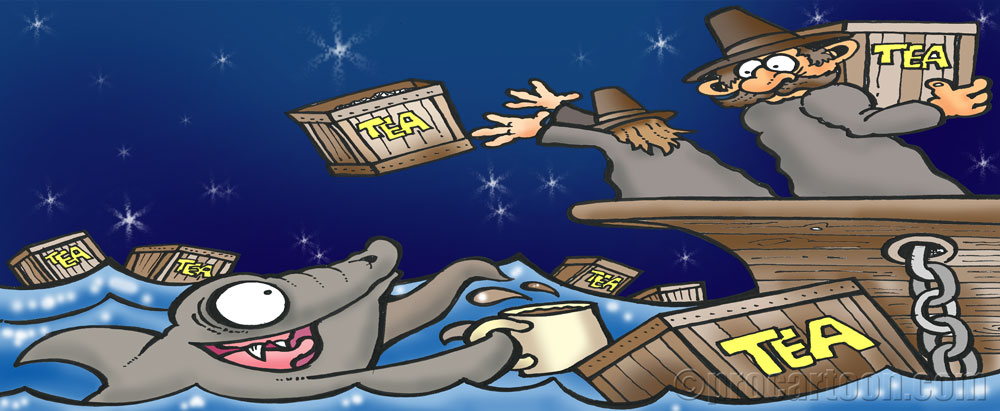
The Boston tea party is one of the most famous events in early American history. To be honest, it sounds like quite a bit of fun with the added thrill of danger involved. The main reason why this event happened was due to the high taxes on tea at the time. A ship that was carrying tea was docked in the Boston harbor and while the British refused to let it leave without unloading its cargo, the American colonists refused to let the sailors unload. So, while everyone was confused about how to proceed, the American colonists decided to make their move.
On the late evening of December 16, 1773, a group of colonists banded together, boarded the ship, and dumped the tea into the Boston harbor. One of the more notable members of this group was the famed Paul Revere who had a sincere affection and interest in American independence. Although the event is often seen as being a huge party with lots of noise and fanfare, the event was probably much more low key to avoid unwanted attention by the British soldiers. However, no matter how they proceeded, the event was a huge success and showed the British government that Americans could not be pushed around.
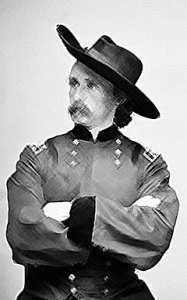 9. The Battle of the Little Bighorn.
9. The Battle of the Little Bighorn.
The relationships between the American Indians and the early settlers was a strained one at best, and often led to violence and massacres. However, in 1875, the Sioux and Cheyenne Indians left their reservations, outraged over the settling of whites into the sacred lands known as the Black Hills. Led by the famed Sitting Bull, the Indians gathered in Montana, ready to fight back for their lands. In the following spring, this group had actually won two victories and were prepared for another battle in the summer of 1876.
To face up against the Indians, the Army dispatched thee columns, one of whom was led by General Custer. Custer was outnumbered by the Indians, but not heeding the advice from his men, he met the Indians at Little Bighorn. The Indians had a much better understanding of the land and were able to trap in Custer and his men, eventually massacring the entire troops. Nobody knows exactly who killed general Custer only that it was either a Sioux and Cheyenne Indian. While this was a pinnacle battle for the Indians, their union soon fell apart afterwards with a huge onslaught of white troops. The Black Hills were taken back by the Army and the Indians eventually had to return to their native lands.
10. Thomas Edison- invention of the lightbulb.
Thomas Alva Edison Jr is known for being one of the most prolific inventors of all time. He had a huge influence on modern life and is best known for his invention of the incandescent light bulb. However, Edison also invented the motion picture camera, phonograph, and made significant improvements on other current technologies. He actually had over a thousand patents in just 84 years. Some of his inventions were brilliant like the lightbulb but there were others such as the Thomas Edison Spirit Phone (to call up ghosts for a chat!) which were completely bizarre.
Born in Ohio in 1847, Edison was the youngest of seven children and actually was known as being an extremely poor student. However, he was very handy with mechanical things and enjoyed doing his own chemical experiments. When he was around 12, he lost almost all of his hearing which did not seem to bother him in the least, although he did prefer solitude most of the time.
Although the electric light system was not his first experiment, he had many financial resources for the light bulb and began working on it in 1878. After multiple failures, Edison developed the light bulb, using carbonized thread to form a long-lasting bulb. Soon after his invention, Edison and his family moved to New Jersey where he continued to develop new inventions throughout the rest of his long life. He made a considerable amount of money in his lifetime and Thomas Edisons net worth at his time of death in 1931 was $12 million dollars (worth over $170 million dollars today). Thomas editions accomplishments were many but the light bulb is surely his greatest achievement and the most useful of all.
 My cartoons in this blog post were created using a graphics drawing tablet. If you are a cartoonist thinking of moving into the digital age check out my comprehensive reviews and articles on graphics drawing tablets here…
My cartoons in this blog post were created using a graphics drawing tablet. If you are a cartoonist thinking of moving into the digital age check out my comprehensive reviews and articles on graphics drawing tablets here…
